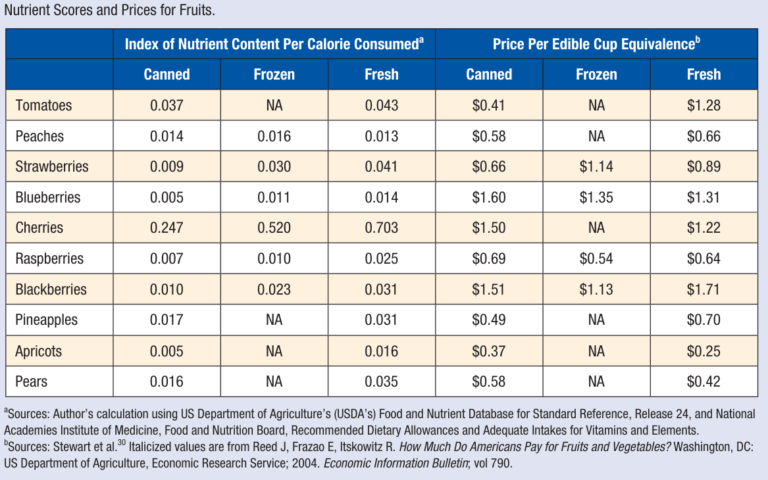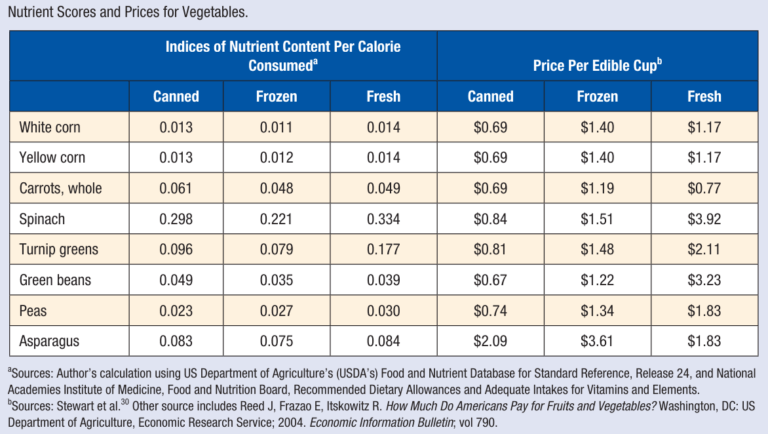Written by Andrew Akhaphong, MS, RD, LD, Mackenthun’s Registered Dietitian
Updated 5/6/2024
The American Frozen Food Institute conducted a survey on 1525 Americans around frozen produce, published in Spring 2023. Frozen produce offers convenience; it reduces the cooking time and prep needed for meals compared to fresh produce. The findings included -(1)
- 68% of consumers purchase frozen produce at least weekly
- 86% of consumers also purchase frozen produce as a backup plan for meals.
- 86% of consumers stated it increases their access to fruit and vegetable consumption
- 80% of consumers find frozen produce is more affordable
Deloitte, a marketing consulting firm, published in September 2023 a consumer survey on 2,000 Americans on fresh produce. Their findings were -(2)
- 68% of consumers are willing to pay more for fresh produce
- 30% of consumers believe purchasing fresh produce is better for the environment
- 91% of consumers believe good health should include fresh produce
- 84% of consumers state fresh produce is more convenient
- 77% of consumers believe it reduces food waste (unused/uneaten foods)
‘Despite these findings 80% of consumers believe grocers have raised their prices more than necessary to focus on profit.
The 2019 Behavioral Risk Factor Surveillance System is a public health survey conducted by the Centers for Disease Control and Prevention on an annual basis. Public data available reports of the 418268 Americans responses, 12.3% met the recommended servings of fruits and vegetables.(3) It is theorized by both the American Frozen Food Institute and Deloitte that the COVID-19 pandemic influenced consumer behavior to seek out food that is more nourishing for their health. These findings published in 2023 show a strong debate and whether fresh or frozen produce is better.
Review of Current Evidence on Fresh vs. Frozen Produce
A two-year study published in 2017 by Li and colleagues looked at the nutritional quality of fresh and frozen produce – broccoli, cauliflower, corn, green beans, peas, spinach, blueberries, and strawberries. The three nutrients these foods have in common were Vitamin C, Vitamin A, and folate. Over the course of two years the researchers found that -(5)
- No significant differences in the levels of Vitamin C between fresh produce, fresh-stored produce, and frozen produce
- No significant difference in the levels of Vitamin A between fresh produce, fresh-stored produce, and frozen produce
- No significant difference in the levels of folate between fresh produce, fresh-stored produce, and frozen produce
Therefore Li and colleagues concluded fresh produce, fresh-stored produce, and frozen produce are nutritionally equal.
Miller and Knudson published in 2014 an analysis of nutrient quality (per calorie) and cost of 8 commonly consumed vegetables and 10 fruits across fresh, canned and frozen. The data is provided below.(5)


The following findings resulted in significantly different nutritional values. The higher the value, the more dense the food is in nutrition (which is ideal) –
- Canned carrots is more dense than fresh or frozen
- Fresh turnip greens is more dense than canned or frozen
- Canned strawberries are less dense than fresh or frozen
- Canned cherries are less dense than fresh or frozen
- Canned raspberries are less dense than fresh or frozen
- Canned blackberries are less dense than fresh or frozen
- Canned pineapple is less dense than fresh pineapple
- Canned pears are less dense than fresh pears
The findings suggest that certain produce, not all, are more nutritious depending whether it is canned, fresh, or frozen.
Finally a study in 2015 by Bouzari and colleagues investigated Vitamin C, riboflavin, Vitamin E, and beta-carotene of fresh and frozen corn, carrots, broccoli, spinach, peas, green beans, strawberries, and blueberries. The study found -(6)
- Vitamin C levels were lower in fresh produce
- Only frozen peas had less riboflavin, but broccoli had a greater concentration when frozen while others had no significant differences
- Vitamin E levels did not change whether the produce was fresh or frozen
- Vitamin A was more in frozen peas, spinach, and carrots, but was not different in fresh or frozen for blueberries, strawberries, and corn
To conclude, whether the argument is fresh or frozen, current studies report that there is not a significant difference in nutritional quality for most products. It is up to consumer discretion and preference whether they enjoy specific produce fresh versus frozen, the differences in quality and prep time of fresh versus frozen, or fit in the meal budget.
Because frozen broccoli was found to have greater nutritional density than its fresh counterpart, try Essential Everyday® frozen diced broccoli as a simple mix in.
Stovetop Chicken and Broccoli Casserole
By EatingWell Test Kitchen, April 22, 2024
What You Need
- 8 ounces whole-wheat egg noodles (regular fine if cannot find)
- 1, 14-ounce can reduced-sodium chicken broth
- 1, pound boneless, skinless chicken breasts, trimmed, cut into 3/4-inch pieces
- 1, 14- to 16-ounce package frozen diced broccoli, thawed
- 1-½ cups skim milk
- ½ cup reduced-fat mayonnaise
- 3 tablespoons all-purpose flour
- 1-½ teaspoons dry mustard
- ½ teaspoon garlic powder
- ¼ teaspoon salt
- ¼ teaspoon freshly ground pepper
- 1-1/2 cups shredded Colby-Jack or Cheddar cheese
What You Do
- Place noodles in a large skillet. Pour broth over the noodles. Layer chicken, then broccoli over the noodles.
- Whisk milk, mayonnaise, flour, dry mustard, garlic powder, salt and pepper in a medium bowl. Pour over the broccoli.
- Bring to a simmer over medium-high heat. Reduce heat to maintain a simmer, cover and cook, stirring once or twice, until the noodles and chicken are cooked through, 15 to 18 minutes.
- Meanwhile, position the rack in the upper third of the oven; preheat the broiler.
- When the casserole is done, sprinkle cheese on top and broil until lightly browned, about 3 minutes.

References:
- Epp M. Convenience, affordability fueling frozen food popularity. May/June 2023. Accessed May 6, 2024. https://produceprocessing.net/article/convenience-affordability-driving-frozen-food-popularity/
- Rajagopal A. Shoppers want fresh, but grocers aren’t always on the same page: report. Oct 3, 2023. Accessed May 6, 2024. https://www.supermarketnews.com/consumer-trends/shoppers-want-fresh-grocers-aren-t-always-same-page-report
- Lee SH, Moore LV,Park S, Harris DM, Blanck HM. Adults meeting fruit and vegetable intake recommendations – United States, 2019. Weekly I. 2022;71(1):1-9. https://www.cdc.gov/mmwr/volumes/71/wr/mm7101a1.htm?s_cid=mm7101a1_w
- Li L, Pegg RB, Eitenmiller RR, Chun J, Kerrihard AL. Selected nutrient analyses of fresh, fresh-stored, and frozen fruits and vegetables. J Food Comp Analysis. 2017;57:8-17. doi.org/10.1016/j.jfca.2017.02.002
- Miller SR, Knudson WA. Nutrition and cost comparisons of select canned, frozen, and fresh fruits and vegetables. Amer J Life Med. 2014;8(6):430-437. doi.org/10.1177/1559827614522942
- Bouzari A, Holstege D, Barrett DM. Vitamin retention in eight fruits and vegetables: a comparison of refrigerated and frozen storage. J Agric Food Chem. 2015;63(3):957-962. doi: 10.1021/jf5058793.


